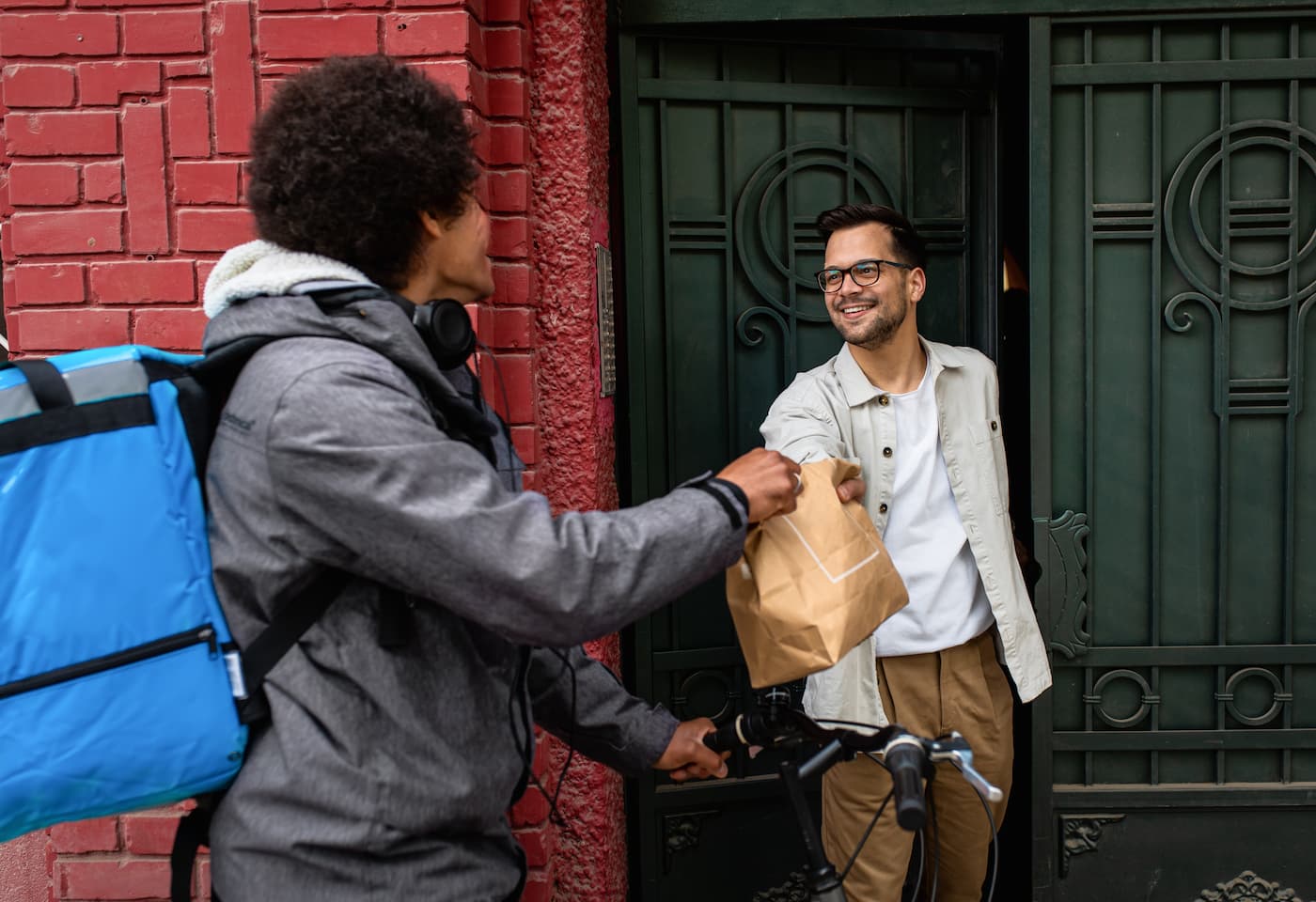Importance of cybersecurity for restaurants
Editorial Team
5 min read
The rapid shift to doing business online has been a boon for restaurants during the challenges of the last couple of years. But, the shift to online business also means increased vulnerability to cyber attacks.
Why is restaurant cybersecurity important?
Over the past two years, many restaurants have pivoted to online orders for pick-up and delivery, connecting with customers virtually due to pandemic limitations to in-person dining and decreased foot traffic. Doing so has been essential to staying afloat, and customers have grown even more accustomed to conducting all sorts of transactions online.
Though incidents at larger companies make headlines, data breaches impact small businesses at alarming rates. As many as 43% of all cyber attacks target small businesses, according to research from Verizon. And restaurants face unique threats due to the amount of data collected from customers and the frequency of transactions both in front and back of house.
Potential costs from cyber attacks can reach tens of thousands of dollars – not something many restaurants can afford. It’s essential for restaurant owners to understand the risks of cybersecurity and how to protect their businesses from its potentially devastating impacts.
Read on for what you need to know and how to help safeguard your restaurant from falling victim to cyber attacks.
What makes restaurants vulnerable to cyber attacks?
There are different types of sensitive information that hackers like to target, and restaurants are full of them. The most common target is financial data, like customers’ stored credit card and personal information. Data on your employees could be targeted, too.
Cyber attacks can cause huge financial losses, not just from fraudulent charges and potential legal fees, but from damaging trust with customers. Up to 62% of restaurant guests are concerned about potential fraud in sharing their information. And they have reason to be — the volume of credit card transactions performed at restaurants make them an attractive target.
What types of cyber attacks target restaurants?
Cybersecurity threats are always changing as hackers respond to where businesses are most vulnerable. Here are the most common types of attacks.
Malware
Malware is any type of malicious software that infects your system and steals valuable data. This may happen through phishing, in which someone on your network is tricked into clicking a link that allows hackers access.
Ransomware
Ransomware attacks, in which outsiders access data and demand to be paid a ransom for its recovery, have increased 13% since last year according to Verizon. Though restaurants were the least impacted sector, they were also the most likely to pay up, with 62% of those affected doing so, according to research from Hisox.
Keylogging software
Keylogging is when hackers trace everything you do on your computer, allowing them access to passwords and sensitive financial information.
Card testing
When hackers gain access to credit card details, they need to test which ones can actually be used. Card testing is when they target a website and make up to thousands of small purchases to see which cards are still active. Though the charges are small, the cost to businesses can quickly add up.
How can restaurants protect themselves from cyber attacks?
One of the simplest and most essential steps is to ensure that your website, router, and online systems are fully protected. Install software updates and security patches as soon as they become available, because they are likely urgent in protecting potential vulnerabilities.
Make sure your staff is on guard as well, because 82% of data breaches involve a human element, according to Verizon. Training employees on security best practices and how to spot threats is crucial to protecting your business.
Keep a close eye on your email and social media accounts, as hackers could “spoof” or copy your online presence to solicit personal information from customers. Make sure to change your passwords regularly and watch for activity on accounts you may not use as often.
To help combat card testing, ensure that your payment gateway provider (if you’re a Clover customer, that’s us) has installed velocity controls on your eCommerce site. That means there’s a limit set on the number of transactions your site accepts from a single IP address, which can help put a stop to anyone trying to run thousands of cards at once.
What to do if your restaurant experiences a cyber attack
It’s important to have a plan in place if you do fall victim to hackers, so you can keep your cool and do what’s necessary. A good response plan should include:
- Making sure employees let you know immediately if they suspect there’s been a data breach.
- Notifying credit card companies involved so you can protect customer data.
- Notifying customers and explaining what you’re doing to protect them.
- Investigating what happened so you can prevent a similar occurrence in the future.
More about restaurants and cybersecurity
Learn more about what happens when a company experiences a data breach. And, be sure to check out this brief guide on the biggest cybersecurity threats and how you can protect your business.
At Clover, we’re here to help you make your business run better and safer. If you’re interested in learning more about using effective security methods that help reduce your risk of a data breach, schedule a consultation with a Clover Business Consultant today.
CONTACT SALESRelated Posts
6 awesome Clover apps every bar needs
Auditing your restaurant’s online presence
Popular Topics
Stay In Touch
Sign up and learn more about Clover.
Thank you for your subscription!
Recent Stories
- Jewelry store supplies and equipment needed for opening day
- How small businesses can use employee discounts to retain staff
- Tips and tricks for opening an outdoor pop-up restaurant
Please share your contact information
to access our premium content.
Thank you for sharing your contact information.
Download Now





